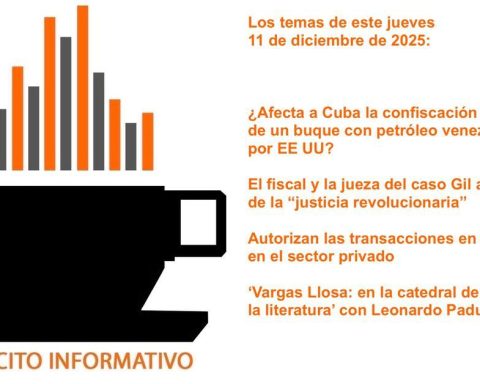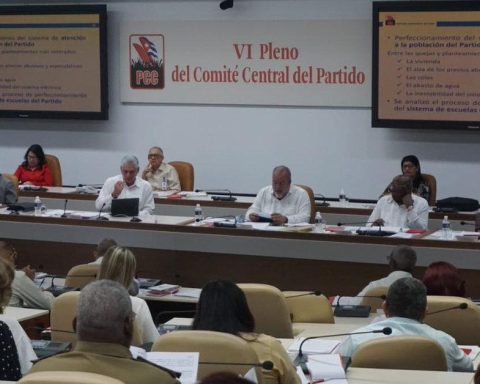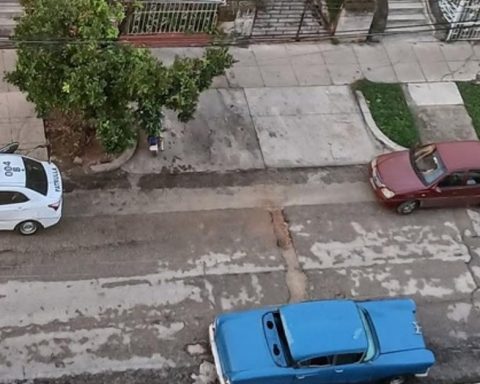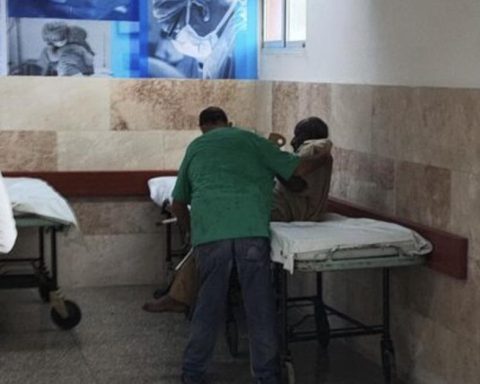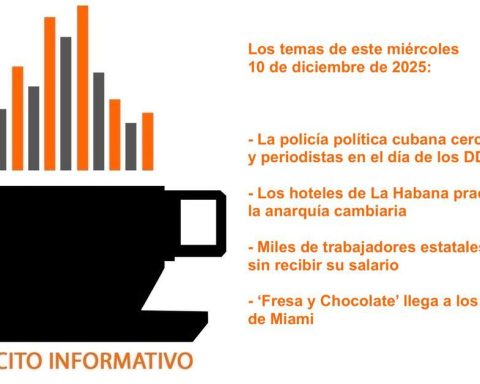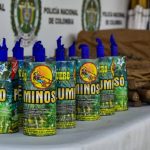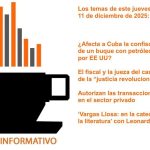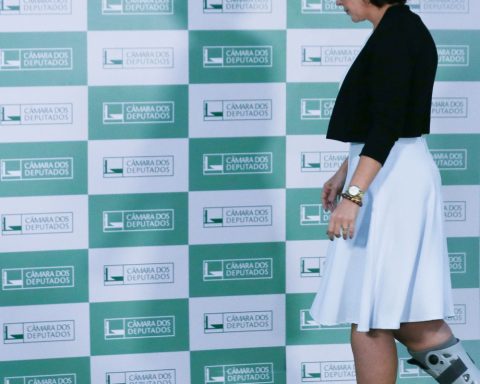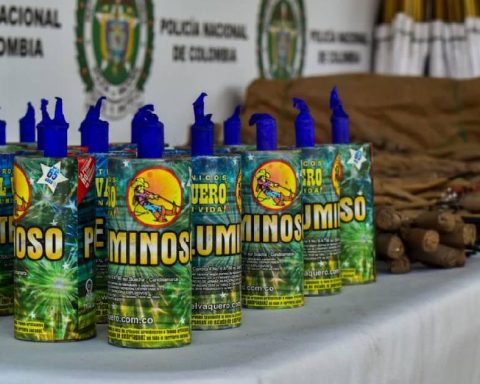The rainy season is just beginning and dengue threatens again. In Santiago de Cuba the contagion figures are already worrisome, as alerted a published note this saturday in Sierra Maestra.
“In recent days, the number of medical attentions for non-specific febrile syndrome has increased, and reactive cases have also increased,” says the text, which also warns, as if it were a war report: “With a high-risk infestation rate (0.6) and more than 1,800 outbreaks detected (almost 200 more than in the same stage of the previous cycle) the untamed territory has a great chance of transitioning towards epidemiological events, if a true popular movement for the prevention of arbovirosis is not achieved” .
According to the official newspaper, the municipality of Palma Soriano is the one with the worst panorama, and for this reason “entomological control actions” are carried out there, that is, fumigation, in some 4,000 homes.
The municipality of Palma Soriano is the one with the worst panorama, and for this reason “entomological control actions” are carried out there, that is, fumigation, in some 4,000 homes
“It is to be expected that suspected cases of dengue will continue to appear in the coming weeks,” the report states, which also acknowledges that the control of the disease “is slowing down because the economic difficulties the country is going through limit the size and scope of the actions antivectorial and others aimed at eliminating favorable environmental conditions for the insect”.
As an example of these conditions, Sierra Maestra talks about the “difficulties” to supply drinking water and eliminate both wastewater and solid waste, the optimal ecosystem for mosquito reproduction Aedes aegypti, It transmits both dengue and chikungunya.
“The response to these problems is beyond the actions of Health and requires a better performance of Communal Services and Aguas Santiago (in turn hit by the scarcity of resources), as well as a greater collaboration of the population, responsible for their health in the first place. instance”, excuses the newspaper.
And they insist: “If the economic conditions have not changed substantially in 2023, you don’t have to be an expert to understand that, for the moment, it is impossible to carry out large campaigns.”
Given the possibility that the population does not go to the doctor in a timely manner, as happened in 2022the provincial newspaper warns of the “danger of staying at home in the face of symptoms such as fever, general malaise, and muscle, joint, retro-orbital (behind the eyes) and head pain, as dengue can evolve into serious and potentially fatal forms” .
The situation was aggravated by the presence of severe or hemorrhagic dengue, of which the Ministry of Public Health did not alert, but doctors in their personal capacity
Last year, “the most complex in the last 15 years“, in the words of Sierra Maestradengue was rampant in various provinces, but especially in Santiago de Cuba, where an incidence rate of 65.2 per 100,000 inhabitants was reported in November.
The situation was aggravated by the presence of severe or hemorrhagic dengue, of which the Ministry of Public Health did not alert, but physicians in a personal capacity. “In previous epidemics, perhaps 1% of cases, approximately, had warning signs (those that alert you that the patient is not doing well), but now it is more than 30%,” a doctor then confessed to 14ymedio.
The authorities did not at any time give the official death tollalthough social networks and the independent press recorded several deaths of health professionals.
________________________
Collaborate with our work:
The team of 14ymedio He is committed to doing serious journalism that reflects the reality of deep Cuba. Thank you for accompanying us on this long road. We invite you to continue supporting us, but this time becoming a member of our newspaper. Together we can continue transforming journalism in Cuba.

